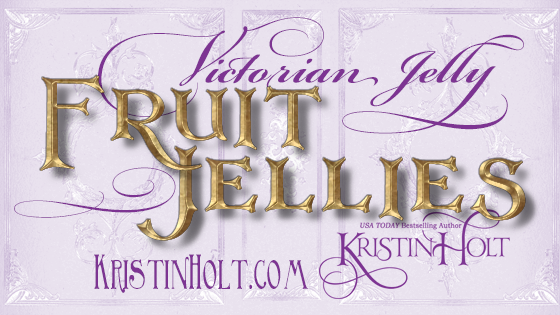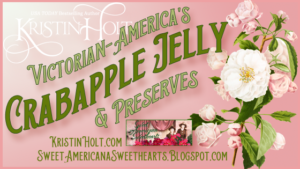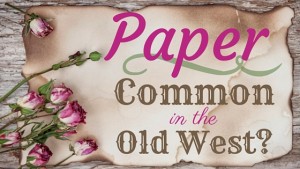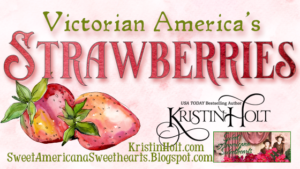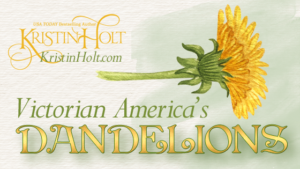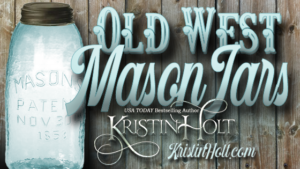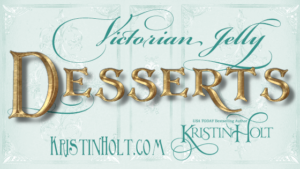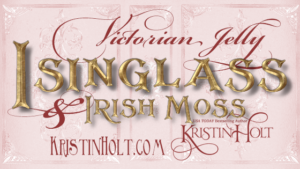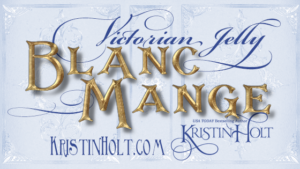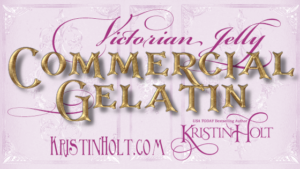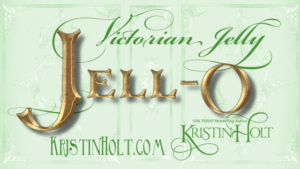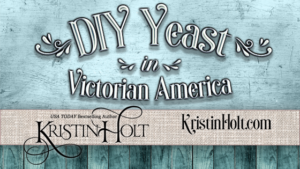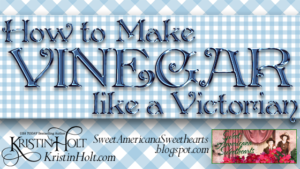Victorian Jelly: Fruit Jellies
Victorian Jelly: Fruit Jellies
.
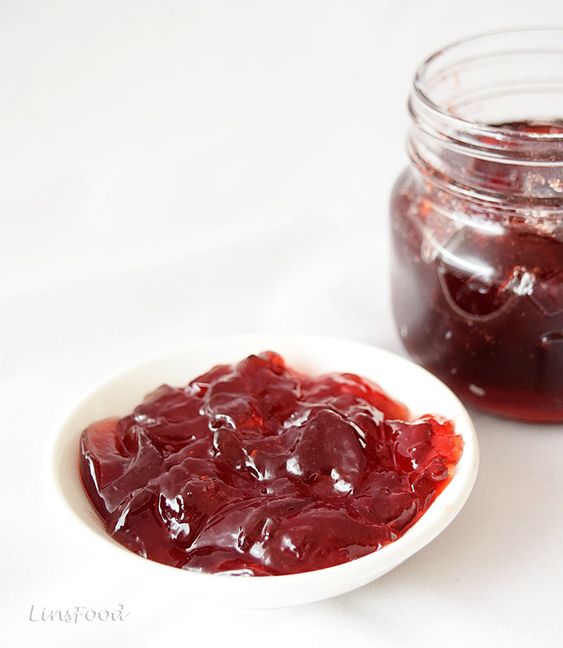
Homemade red currant jelly, courtesy of Pinterest
.
Previous posts in this Victorian Jellies series have focused on moulded dishes, sweet or savory, popular in the nineteenth century. In contrast, this post focuses on jellies. The kind of jelly one spreads on toast or between cake layers.
.
After all, they both relied on domestic science to gel.
.
Today’s Jellies Use Pectin
.
Contemporary Jelly and Jam recipes call for fruit pectin. The commercially-prepared kind. Pectin is the magic that gels all that fruity goodness into a spreadable delight.
.
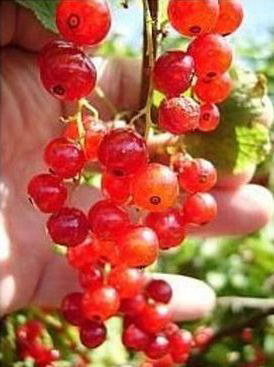
Photo: Red Currants. Courtesy of Pinterest.
.
Why Add Pectin?
.
Pectin is a substance in fruits that forms a gel if it is in the right combination with acid and sugar. All fruits contain some pectin, but some must be combined with fruits high in pectin or with commercial pectin products to obtain gels. Because fully ripened fruit has less pectin, one-fourth of the fruit used in making jellies without added pectin should be under-ripe. The use of commercial pectin simplifies the process, but jelly made without added pectin contains less sugar and tastes fruitier. Follow the manufacturer’s directions for using commercial pectin and do not interchange liquid and powdered pectins.
.
~ Clemson Cooperative Extension Home & Garden Information Center
.
.
Victorian Jellies Relied on Natural Fruit Pectin
.
One really amazing part of Victorian-era jelly (and jam) making is no added pectin. Nineteenth-century recipes relied on the natural pectin in fruit. The quote from the extension service, above, emphasizes how truly amazing this process was. Competent cooks knew which fruits had to be combined with others if the jelly would set.
.
Recipes: Nineteenth Century Jellies and Jams
.
The following recipes include various hues of currant, marmalades, berry jellies, peach, gooseberry, and grape jam. Other recipes are for “four fruit” combinations (perhaps to benefit from adequate natural pectin) and “Black Butter.” And don’t forget the cranberry sauce, as the kitchen science was the same.
.
Recipes are listed in order of publication date. I’ve sprinkled historical details and interesting facts in between.
.
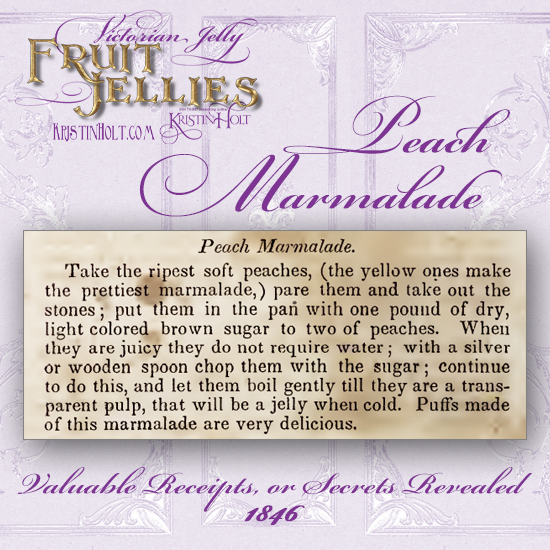
Peach Marmalade recipe from Valuable Receipts, or Secrets Revealed. Published 1846.
.
See the vintage (1846) instructions about “bottling” each jelly recipe: “put it into glasses.”
Yes. Glasses.
This is a curious example of two currant jelly recipes. One is boiled. The other is simply stirred. A lot. And then “put into glasses.”
.
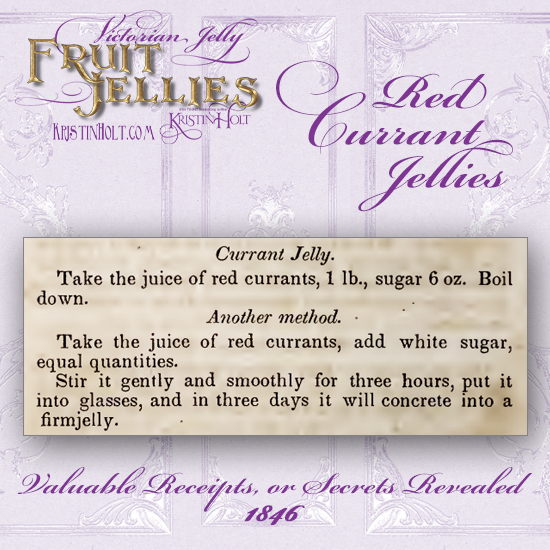
Red Currant Jellies, two methods. Published in Valuable Receipts, or Secrets Revealed, 1846.
.
This photo, below, is of an early American pressed glass tumbler. Jelly glasses originally had no caps or lids. 19th century homemakers used tissue paper, white paper, paste, sugar, and brandy to “seal” their jellies and jams.
Montgomery, Ward & Co. 1895 Catalogue offered jelly tumblers for sale.
.
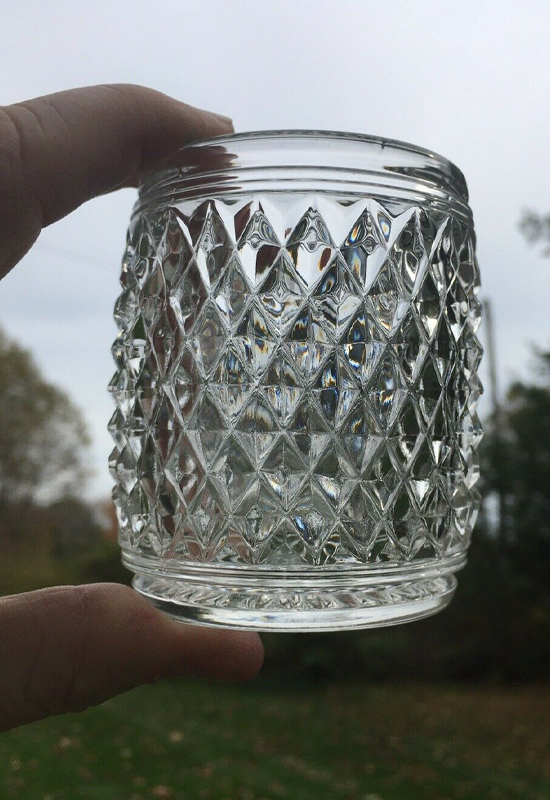
Photo: Pressed Glass Heavy Jelly Tumbler with Sawtooth / Diamond Point decoration. For sale on ebay.
.
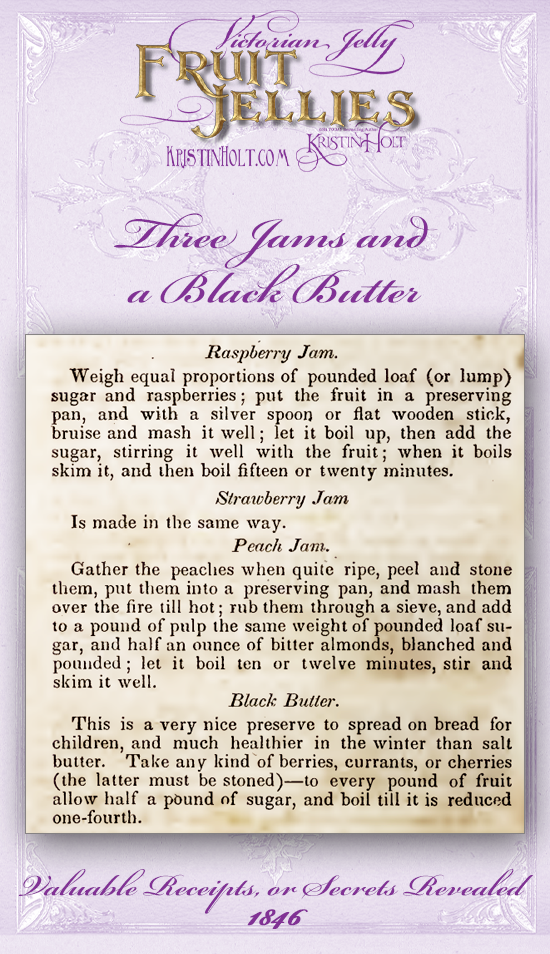
Three Jams and a Black Butter: Raspberry Jam, Strawberry Jam, Peach Jam, and Black Butter (preserve made of any kind of berries, currants, or cherries together with sugar and reduced). From Valuable Receipts or Secrets Revealed, 1846.
.
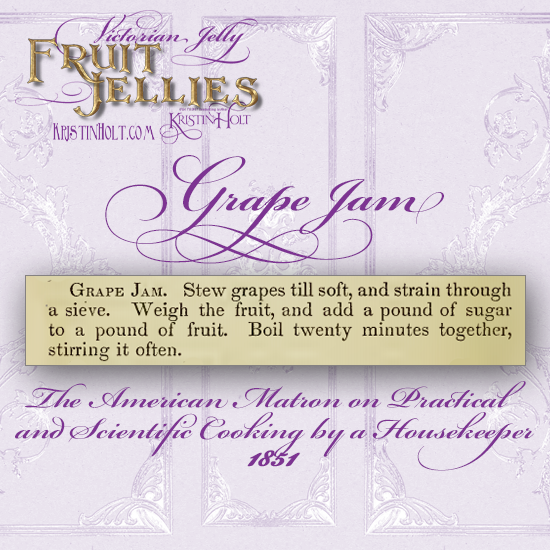
A Grape Jam recipe published in The American Matron on Practical and Scientific Cooking by a Housekeeper, 1851.
.
This 1851 cookbook (The American Matron) provided a lengthy preface to jelly and jam recipes. What a goldmine of early Victorian-era cooking information! Here are two key paragraphs. One about how to cover jelly glasses with paper and paste. Or brandy-soaked paper. With cloth and string.
Mould? Yes, as in mold. And not the fancy dishes Victorians molded jellies in.
.
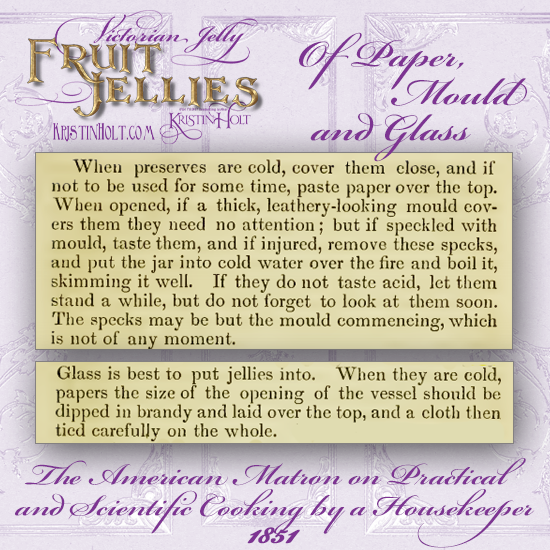
Of Paper, Mould and Glass. The American Matron on Practical and Scientific Cooking by a Housekeeper, 1851.
.
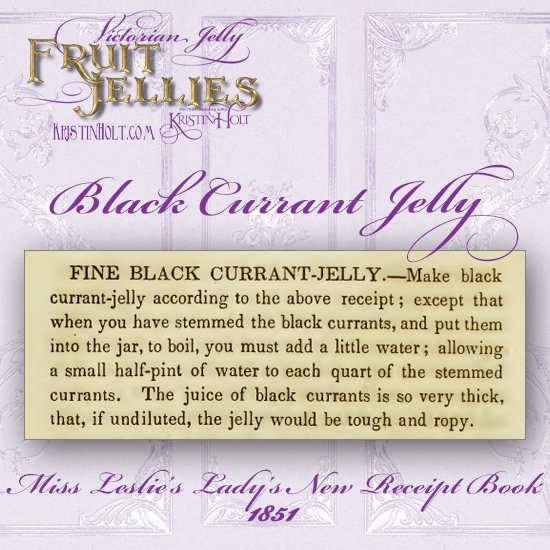
Recipe for Black Currant Jelly, published in Miss Leslie’s Lady’s New Receipt Book, 1851.
.
Most Victorian-era recipes are brief, like the one above. Why such brevity? Because housekeepers (a.k.a. wives) were expected to know the basics. Women passed along household knowledge to one another.
The currant jelly, below, is rare in that detailed instructions are provided.
.
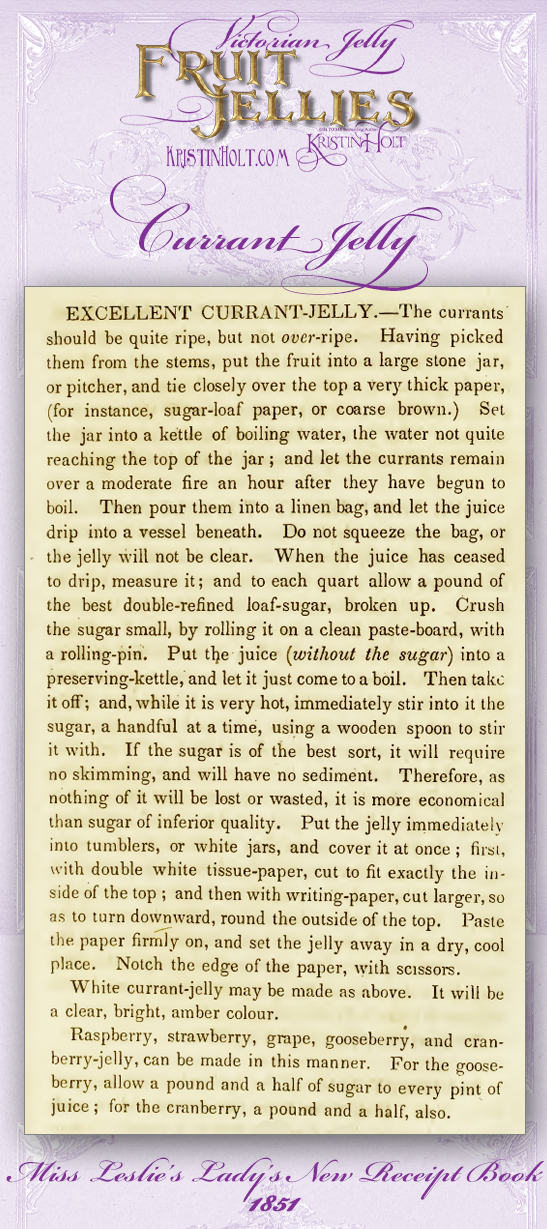
Currant Jelly recipe with detailed instructions. From Miss Leslie’s Lady’s New Receipt Book, 1851.
.
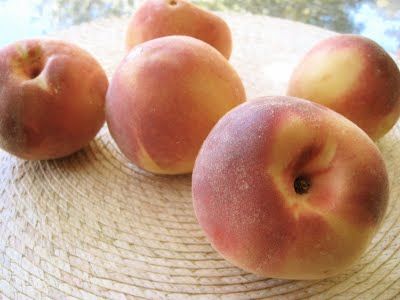
Photo: fresh peaches, courtesy of Pinterest.
.
A common peach jam recipe, which follows, is significantly different in method than others presented here. Note that this calls for perfect, ripe peaches, cut into small bits, and layered in sugar. The peaches are not boiled with the sugar, nor is the combination hot when placed in prepared tumblers. As was typical of the era, jars were covered with pasted-down paper. No lids! No seal!
.
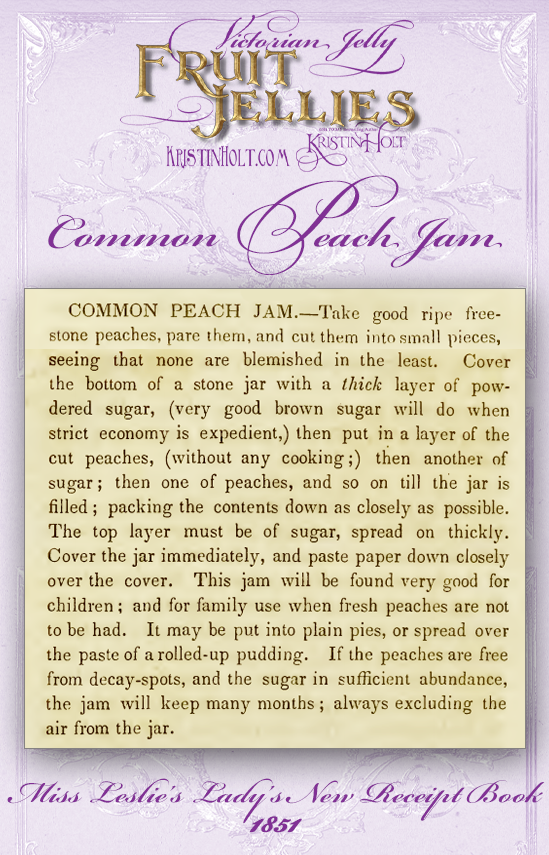
Common Peach Jam recipe, published in Miss Leslie’s Lady’s New Receipt Book, 1851. Note: this recipe is not cooked! Chopped peaches are preserved in sugar alone.
.
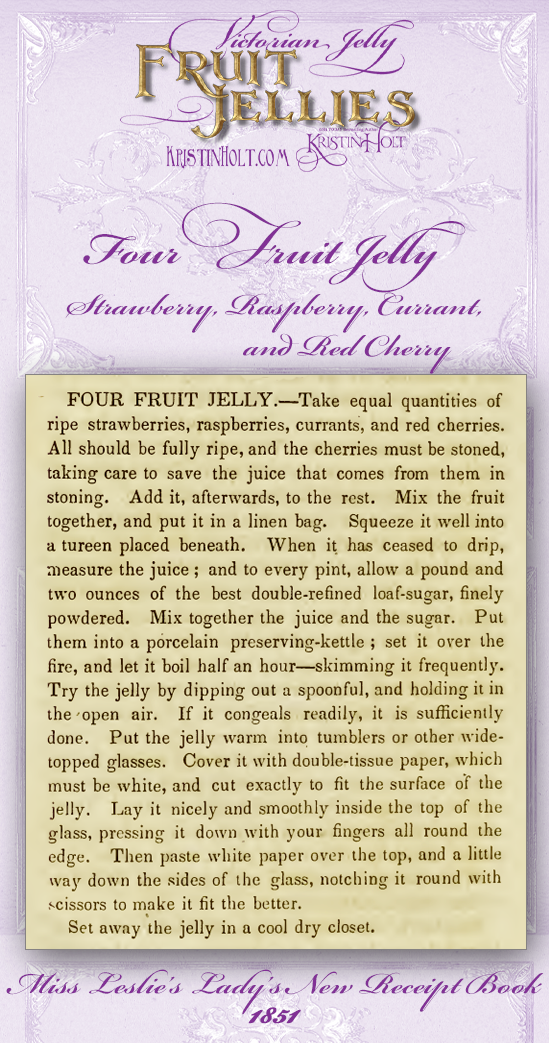
Four Fruit Jelly: Strawberry, Raspberry, Currant, and Red Cherry. Note the detailed instructions, including the type of kettle to use and how to know when it’s sufficiently done. Published in Miss Leslie’s Lady’s New Receipt Book, 1851.
.
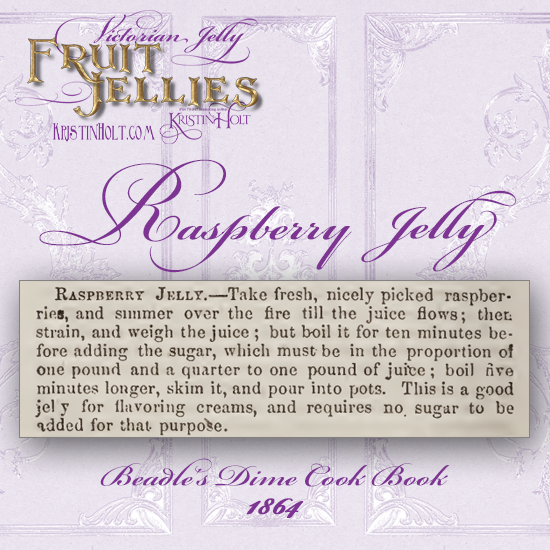
Recipe for Raspberry Jelly. From Beadle’s Dime Cook Book, 1864. Two ingredients: fresh raspberries and sugar.
.
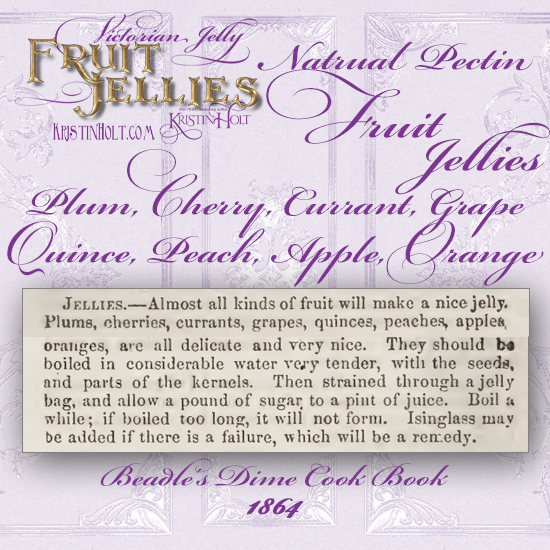
Natural Pectin Fruit Jellies: Plum, Cherry, Currant, Grape, Quince, Peach, Apple, or Orange. Simply fruit, water, and sugar (strained), thickened by natural actions. “Isinglass may be added if there is a failure, which will be a remedy.” Published in Beadle’s Dime Cook Book, 1864.
.
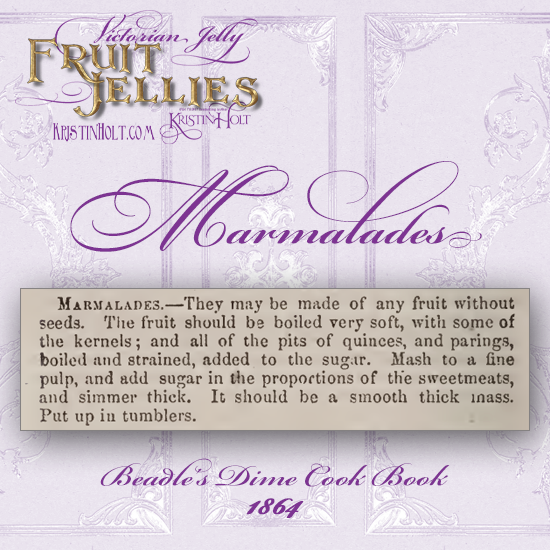
Recipe for Marmalades, published in Beadle’s Dime Cook Book, 1864.
.
Note the use of brandy-soaked paper to cap this 1864 jelly recipe.
.
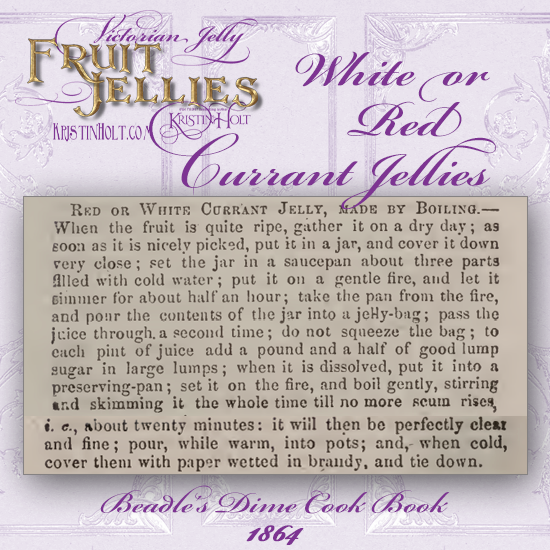
White or Red Currant Jelly Recipes, “made by boiling,” essentially in a double-boiler. Note the informative instructions. From Beadle’s Dime Cook Book, 1864.
.
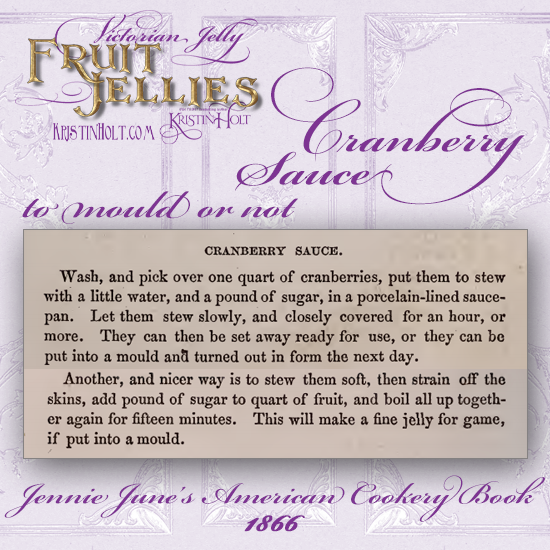
Cranberry Sauce recipe, to mould or not. From Jennie June’s American Cookery Book, 1866.
.
Sometimes jelly tumblers did have lids. Or at least caps.
.

Image: JellyJammers
.
The final sentence, below, mentions jelly jar caps. Note the instructions. Interesting, right? “Pour into glasses and allow it to remain a day before putting on the covers.”
.
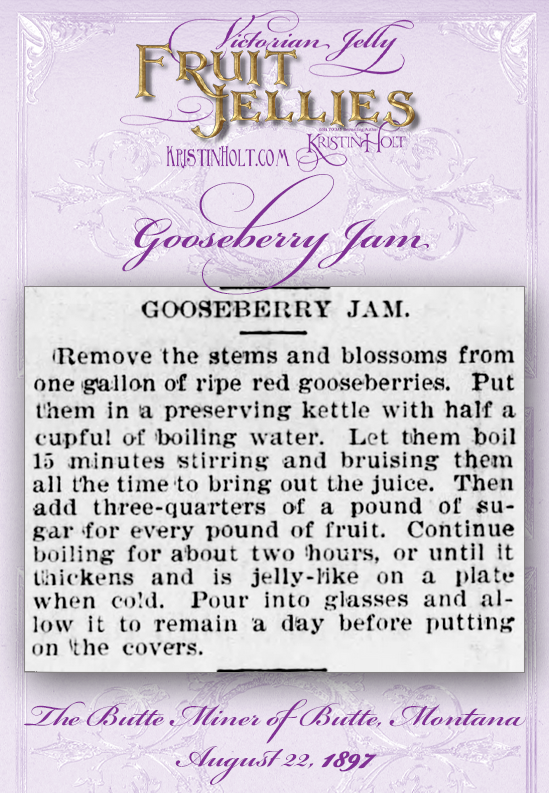
Gooseberry Jam recipe from The Butte Miner of Butte, Montana on August 22, 1897.
.
Related Articles
.
.
More about Victorian Jellies
.
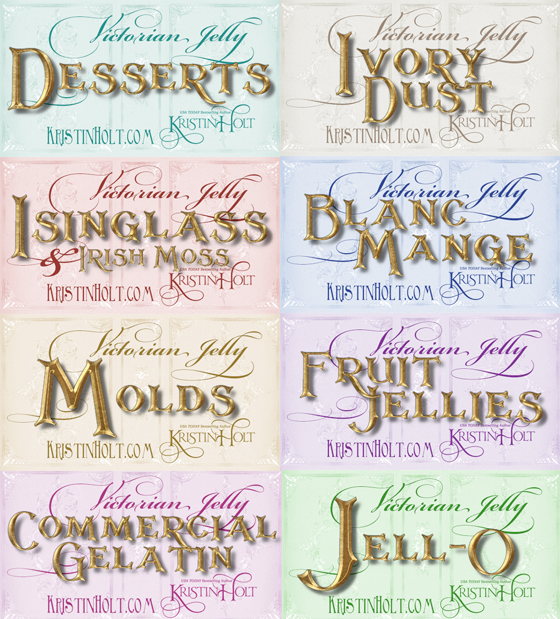
Victorian Jelly: Blog Post Series. Click here to start with post one~ Victorian Jelly: Desserts.
.
Updated July 2022
Copyright © 2021 Kristin Holt LC
Victorian Jelly: Fruit Jellies Victorian Jelly: Fruit Jellies

